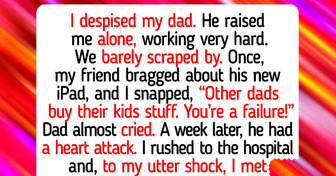He was cured? Of what? 😂🤦♂️
A Man Who Survived 2 Months Trapped in His Car
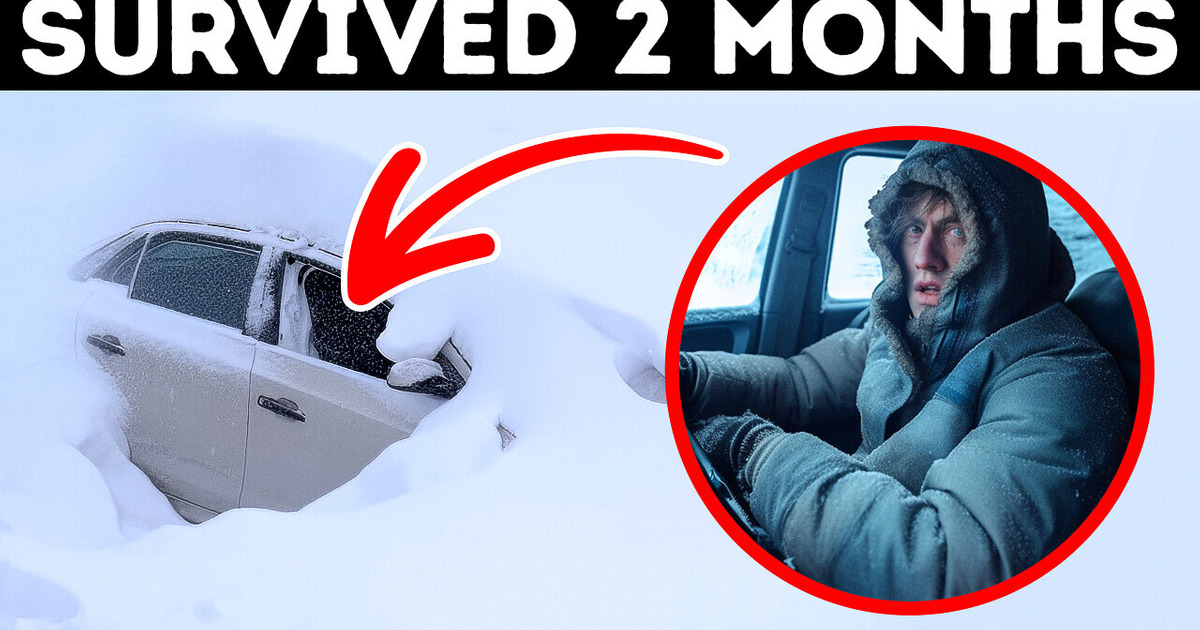
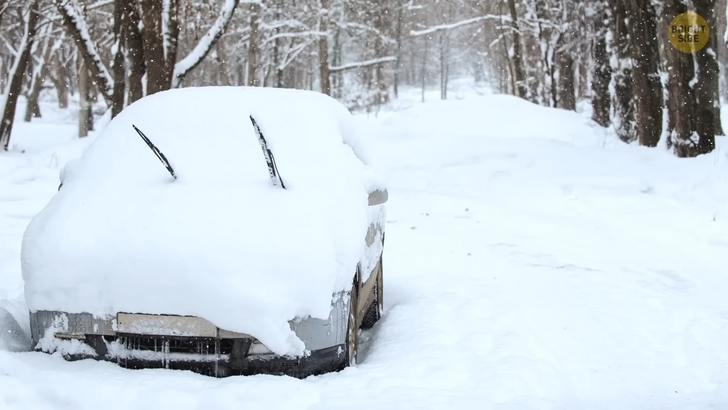
On December 19, 2011, a man named Peter Skyllberg found himself in a snow trap after he drove off the main road in the north of Sweden. Then snowmobilers accidentally found him, pulled him out of there, and took him to the hospital. It may seem like something common, but here’s the kicker: it took 2 months to find him. And outside at that time, the temperature dropped to −22 °F.
That man survived after spending 60 days without water, food, and heat sources among icy winds and endless snow. The people who found him said the car was buried deep in snow at 3 feet, and Peter Skyllberg was sitting shaking inside a sleeping bag in the front seat. He couldn’t speak.
When they brought him to the hospital, the doctors were amazed. They knew cases when people survived in cold temperatures for a long time, but not for two months. A person can live without water for several days. But Peter had no problems with this since he extracted water from the snow. Without food, a person can survive from several weeks to three months. But what about the cold? How did Peter solve this problem?
At such low temperatures, people can freeze within several hours. The doctors treating Peter claimed that his body seemed to activate survival mode and fell into a deep sleep. It’s like bears that hibernate during winter. But the human body can only lower the temperature by a few degrees. This is not enough to survive in −22°F frost. Perhaps the man somehow managed to lower the temperature even more.
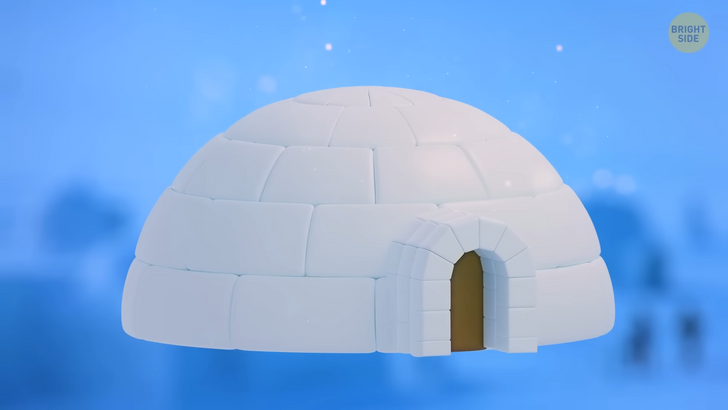
The case of Peter Skyllberg became famous. Doctors and scientists from all over the world put forward their hypotheses about how this man managed to survive. No one could give the exact reason. Many people claimed it was just a real miracle.
Others believed it was the result of several factors combined together. One of these factors is the sleeping bag. It helps keep your body heat better, so your temperature may not drop for a long time inside the bag. Another factor that probably played the key role was the igloo effect.
Indigenous peoples living at the North Pole make their homes out of ice and snow. You’ve probably seen these round houses on the Internet or in the movies. It’s not warm inside them, but it doesn’t let the cold in. The particular design of these houses helps keep the accumulated heat inside. Igloos can protect from strong winds, but it’s possible to survive inside them only if you’re wearing warm clothes.
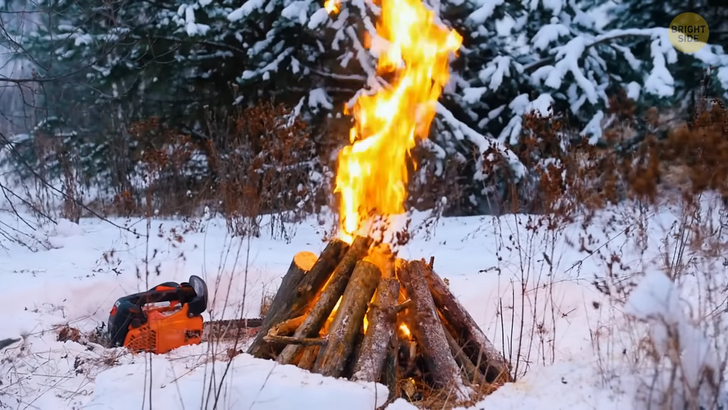
Perhaps Peter’s car turned into such a house. Snow clung to it from all sides and blocked the heat inside. Many people wondered why he hadn’t tried to get out and find help. But seems like Peter did the right thing. It’s pretty dangerous to go out in such conditions. You don’t know where you are, it’s freezing cold and there’s a blizzard.
Let’s say you get out of the car and try to get to the nearest road. You fail and come back. But you can’t find your car because the snow has covered it. Now your situation is even worse. The only option is to start digging snow and make an igloo. If you have warm clothes, an igloo will help you to keep warm and gain some time.
But the right solution is to stay inside the car and wait for the rescuers, especially if you don’t know where you are. If you don’t have communication or signal lights, then try to make a fire. Smoke can attract the attention of people passing on the nearest road. Peter Skyllberg spent some time in the hospital, regained strength, and was cured.
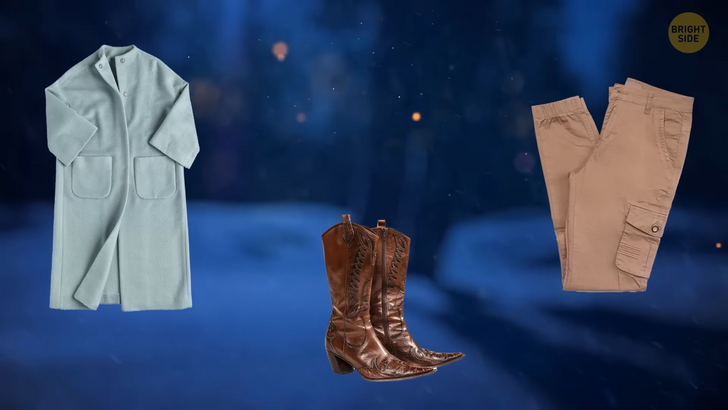
It’s much safer to be in a closed cold room or an igloo during the cold. However, if you’re stuck in a severe frost without warm clothes, you have about 30 minutes to two hours. Maybe even less if you don’t move. But in 1980, a miracle happened that shocked people and doctors all over the US.
19-year-old Jean Hilliard was driving home at night to the small town of Lengby. She lost control and ended up in a ditch. The girl decided to walk to her friend. She then saw her friend’s house, but she didn’t get there — she got too weak and fainted. Suddenly, Jean fell and lost consciousness near her friend’s house.
Jean Hilliard was wearing a light winter coat, cowboy boots, and pants — so she wasn’t quite prepared for harsh weather conditions. There was a strong blizzard and snowfall outside, so no one noticed her. The friend Jean wanted to visit only saw the frozen girl near his porch in the morning. Jean Hilliard had been lying there for 6 hours.
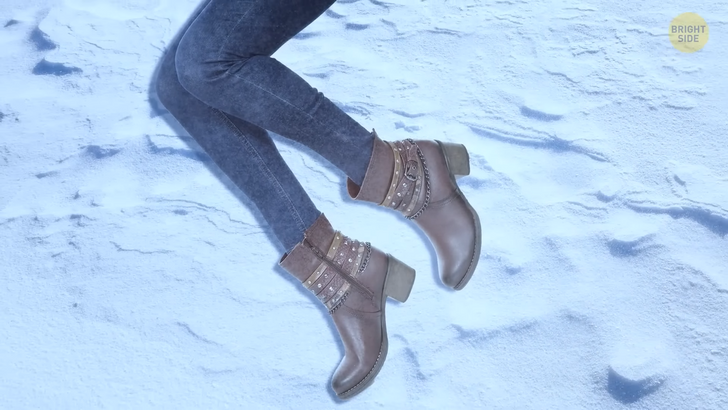
Her body was hard and cold as if it was made of rubber. Her eyes looked as if they were made of glass. The man who noticed the girl was sure that she wasn’t alive. But then he saw bubbles of moisture from her nose. The girl was breathing! He got the girl to the hospital. Her body wouldn’t bend, so putting the girl in the car was problematic.
The doctors immediately rushed to help Jean, but it wasn’t that easy. They couldn’t even make any injections, as the needles would constantly break: the muscles were too stiff and frozen. Her body activated emergency mode and stopped supplying muscles and soft tissues with blood. All the red liquid was directed at the vital organs.
Also, in emergency mode, our organism can slow down all internal processes of the body. The heart starts pounding slower, the lungs consume less oxygen, and the metabolism nearly stops. Such energy savings helped the girl to survive. But the doctors were more surprised that Jean didn’t get any serious troubles.
She got frostbite, but the ice crystals didn’t destroy her skin and soft tissues. The doctors decided to warm the girl with a bunch of heating pads. Then, they finally managed to inject medications. A few hours later, she regained consciousness. The tests showed that Jean was in perfect health.
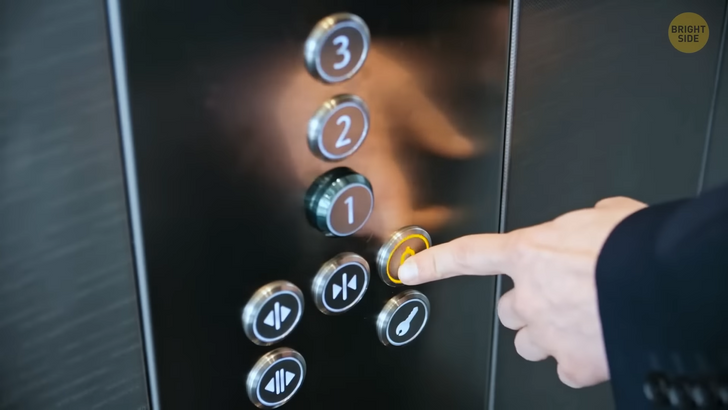
Meanwhile, you can get into a severe trap not only in nature in bad weather. You can get stuck in an elevator in a building full of people in Manhattan, and no one will know about it. This happened in 1999 with Nicholas White. The 34-year-old manager was working late in the office and decided to take a break. After getting some fresh air outside, Nicholas called the elevator to go back to the 43rd floor. But he got trapped in the elevator. It was already quite late, and almost all the workers had left the building.
But the worst thing was that it was Friday night. Nicholas had no phone, no food, and no water. He pressed the emergency call button, but no one answered him. The cameras worked perfectly, but the guards didn’t see him. The building was basically empty. Nicholas struggled with claustrophobia, walked from side to side, jumped, lay down, tried to open the doors, and waited for somebody to rescue him.
There were repair workers on the other floors, but they didn’t hear Nicholas. Also, his colleagues stayed in the office where he worked. They were sure that Nicholas had just gone home. They left the office using other elevators and did not notice that Nicholas had left his things on his desk. Nicholas was in despair. He was rescued 41 hours later.
He was lying on the elevator floor, tormented by thirst, when he suddenly heard a voice from the elevator speaker. “Hey, is anyone there?” Rescuers got the man out of a metal box, and the building owners paid him compensation for the inconvenience. Despite this nightmare, Nicholas continued to use the elevators. Yeah, living in Manhattan, it would be problematic to avoid them. Certainly for Nicholas, life has its ups and downs....
Comments
Related Reads
Helen Hunt, 60, Stuns During Her Latest Appearance, and Her Lips Become the Center of Attention

12 People Who Discovered a Family Mystery That Rocked Their World

I Refused to Go to Work After a Family Emergency—HR Got Involved
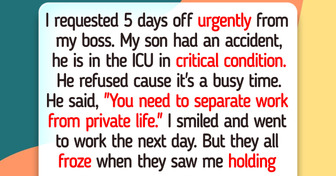
I Refuse to Let My Boss Take Credit for My Work Again, So I Decided to Outsmart Him
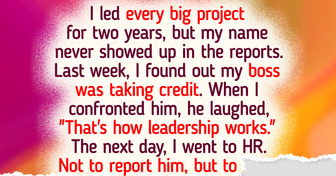
I Got Fired the Day Before My Vacation—And HR’s Policy Was Their Biggest Mistake

I Tried to Be the Husband My Wife Needed — She Figured Out What I Was Actually Doing

10 Stories That Prove Kindness Costs Nothing Yet Heals Everything
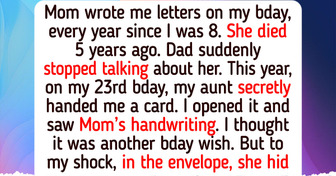
10 Stories of Kindness That Show Angels Walk Among Us Every Second of Every Day
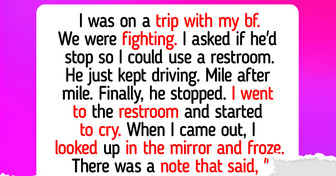
12 People Who Mastered the Art of Keeping Their True Motives Hidden

I Absolutely Refuse to Delay My Retirement to Save My Spoiled Daughter and Her Son
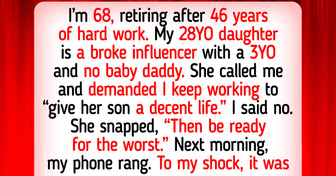
My DIL Excluded Me From Our Family Trip Photos—But She Didn’t Expect My Revenge

11 People Who Remind Us Kindness Takes a Moment, but Echoes Forever
